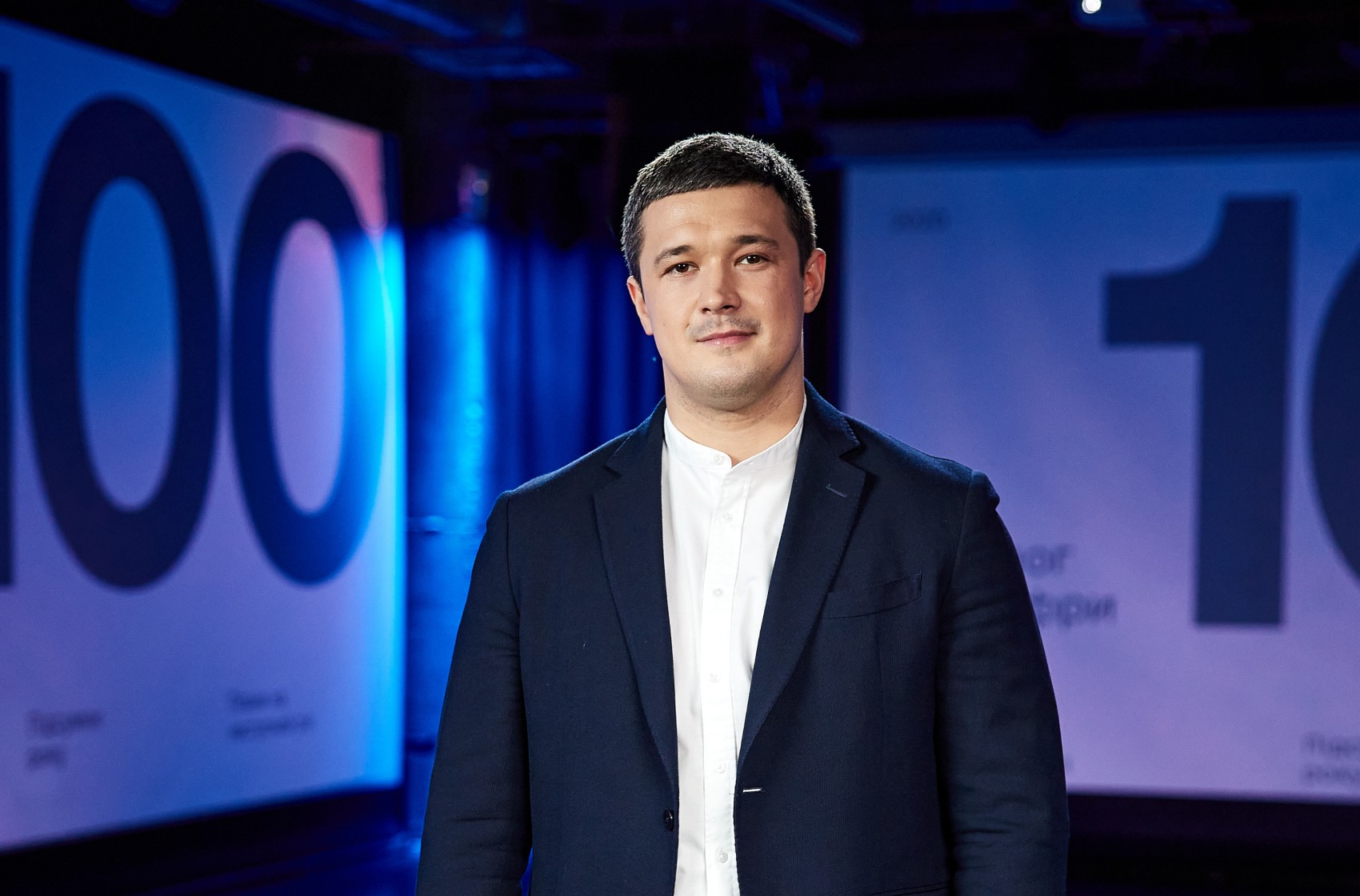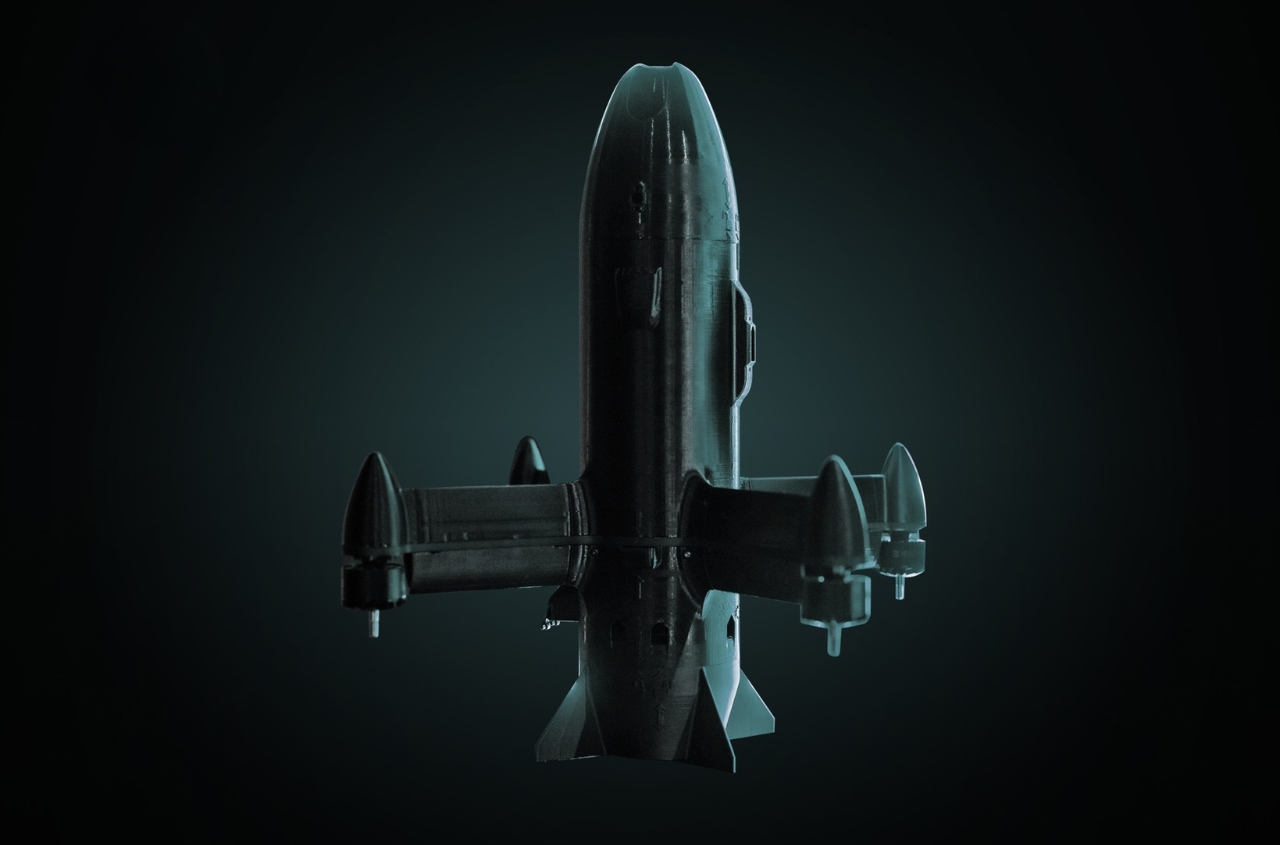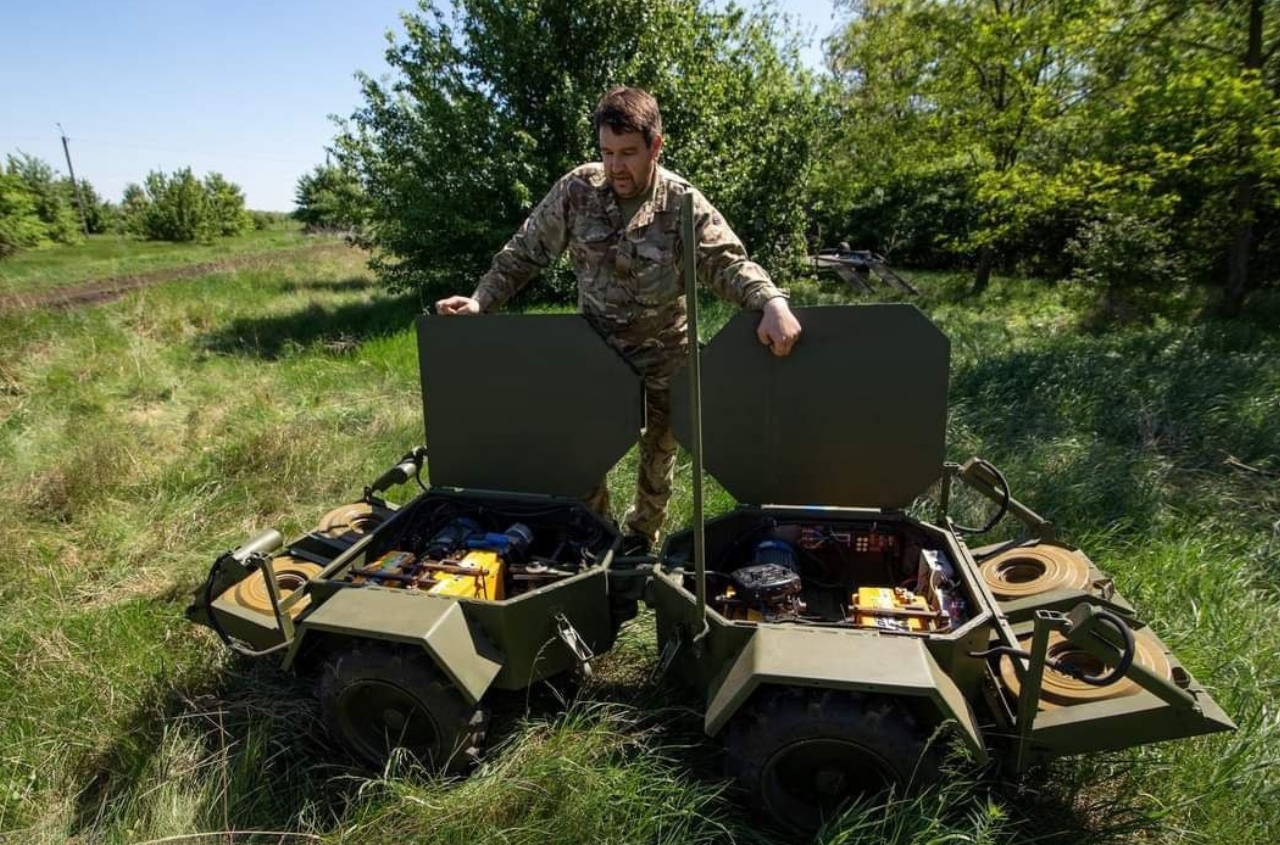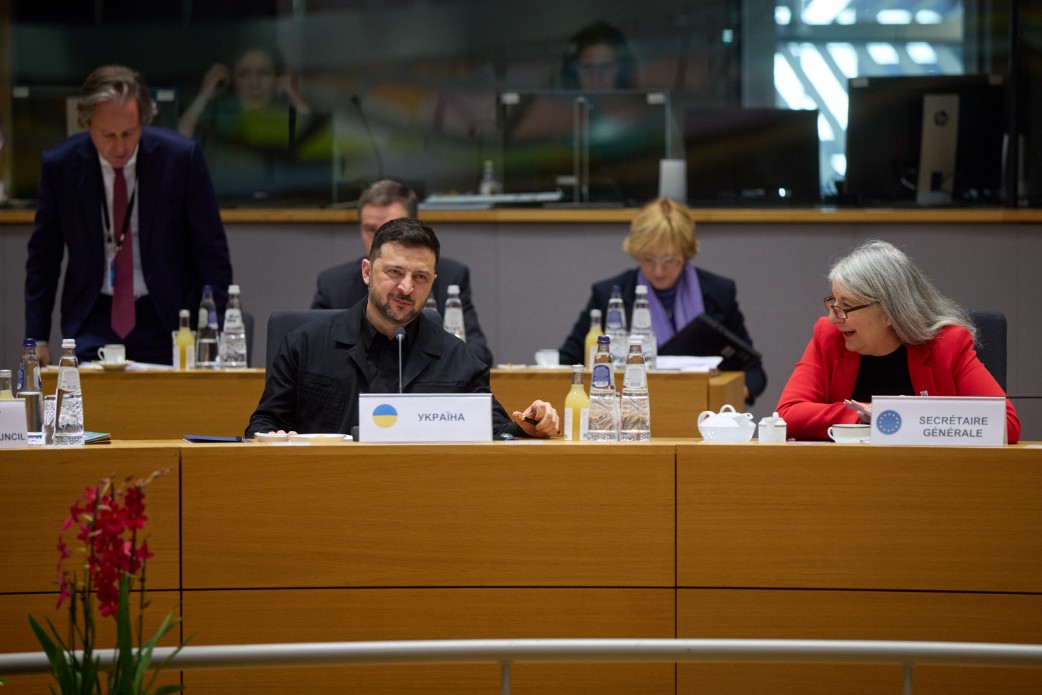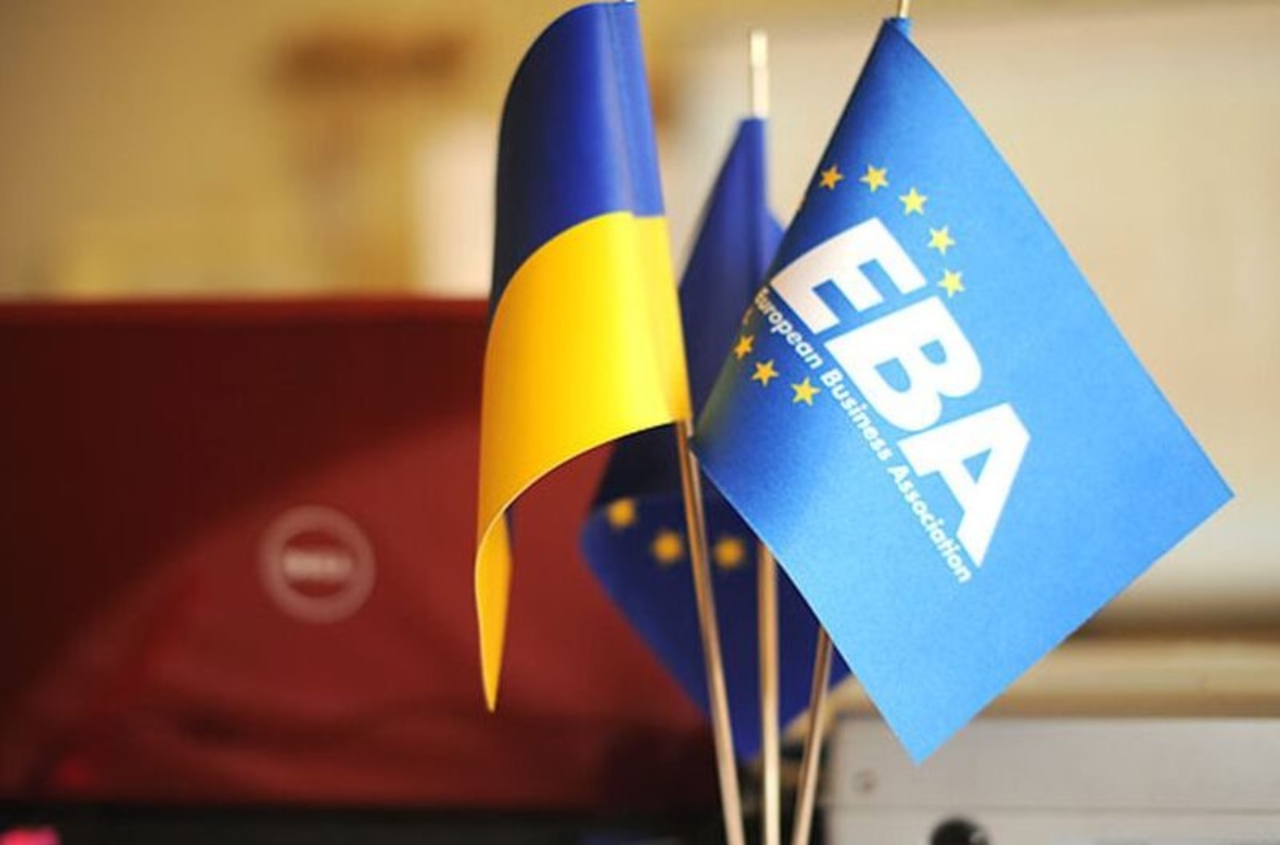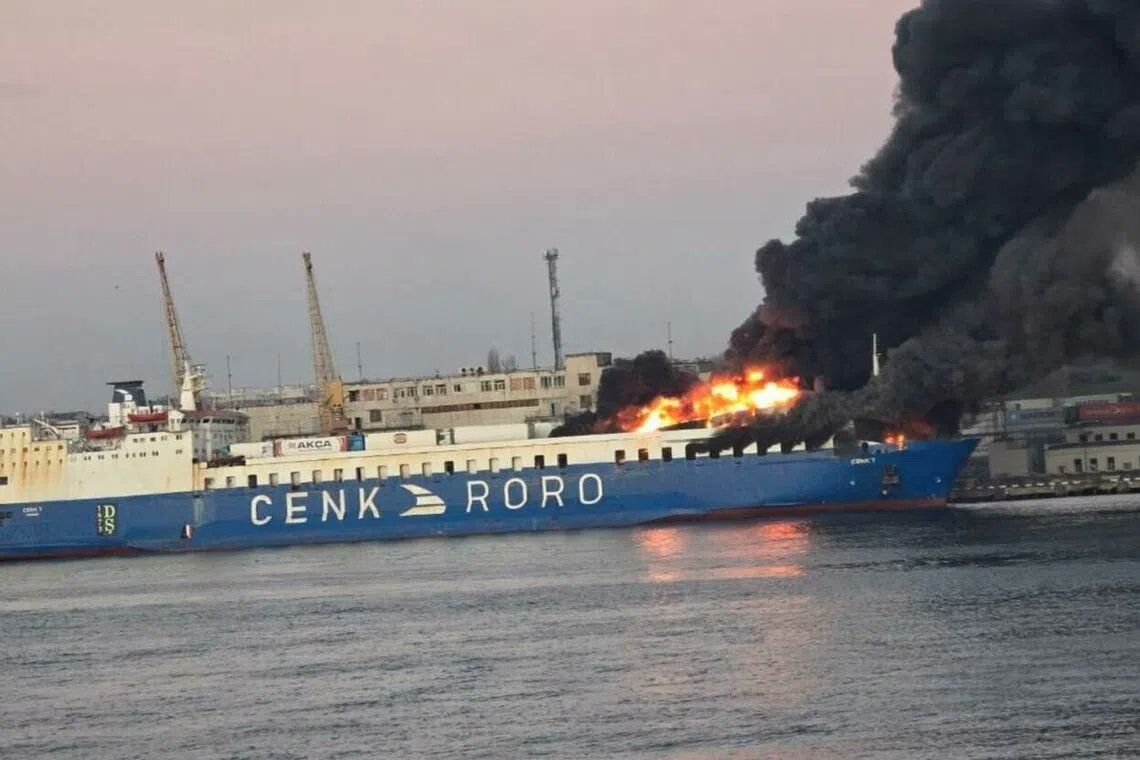By Vice Prime Minister, Minister of Digital Transformation Mykhailo Fedorov for RBC-Ukraine.
Technologies are our advantage and an asymmetric response to the enemy's actions. And now our task is to search for new game-changers to further strengthen the army.
We launched Brave1 in April 2023 to unite manufacturers, scientists, military, and investors, and create a fast-track delivery system for drones to the front lines. Overall, the cluster has fulfilled this mission, and already over 3,400 developments from 1,500 manufacturers are registered on the platform. Recently, we held a strategic session with Brave1, where we defined the updated mission of the cluster – to win the war through innovative technological solutions. This is what we will focus on in the near future.
When we look at what has already been done in the field of defense tech, we see two main factors that have become game-changers in the war. The first is the opening of markets. When developers have the opportunity to grow and earn, healthy competition and new products emerge. The second is the gamification of war. Yes, we get quality data, see the effectiveness and leadership of units, and processes become transparent. So, here’s what has already changed and the priorities for technology development in the near future.
Opening Markets
Our team entered the defense tech field as a policymaker. We created a coordination headquarters at the Cabinet of Ministers, gathered all the manufacturers to understand the main blockers, and how to change the rules of the game to open up the market. In total, more than 30 revolutionary resolutions were adopted to remove bureaucracy, unnecessary permits, and allow developers to earn.
Thanks to this, we first opened the drone market, and then scaled the experience to the markets of EW (electronic warfare), robots, ammunition, and missiles. We saw that anything that is given freedom to in Ukraine begins to take off.
UAVs
During the full-scale war, the defense tech market in Ukraine developed literally from scratch. And it started with drones. Right now, over 500 companies are working in Ukraine on drone manufacturing, with more than 240 developments codified. Over nearly three years, Ukraine has developed drones that didn’t exist before. Among the top developments are marine drones as a separate genre, fiber-optic drones, the Ukrainian Mavic, large strike copters, etc. The Brave1 defense tech cluster not only provides expert support and helps developers with codification but also grants funding for development. A total of 106 grants worth 156.3 million UAH have been issued for drones.
Now we need to search for new innovations that will help us resist the enemy. Among them are drones with AI technology, drone swarms, UAVs with various targeting systems – laser-guided, EW-guided, UAVs to shoot down Shaheds, and the development of the Drone Line – an initiative recently presented by the president.
EW
We have followed the same path in the EW direction as we did with drones: opening the market, simplifying bureaucracy, creating competition among manufacturers, and establishing state contracts. When Brave1 began working in this direction, there were about ten EW solutions in Ukraine. Now, over 140 companies are engaged in their production. Brave1 has already issued 19 grants worth 22.8 million UAH to companies.
One of the most important results is that Ukrainian manufacturers have created so-called trench EW systems – with a short-range action. Before the full-scale war, Ukraine had no developments in this area. And now, the importance of EW systems is only growing.
In addition to searching for innovations, it is crucial to create a system for managing EW systems. Therefore, we will focus on the development of Ukrainian EW systems to protect the sky – civilians, critical infrastructure, and the front.
NRK
Robots are also one of the game-changers in technological warfare. We have worked actively on creating the relevant procedures, simplifying regulations, and supporting developers and manufacturers. As a result, the NRK market is now open. Currently, over 200 companies are working on robot manufacturing, and more than 40 developments have been codified according to NATO standards. The first successful robotic mission has already been conducted. The operation was carried out by the Khartiya Brigade in the Kharkiv region at the beginning of December. This once again proves that robots should fight, not humans. And this is a fully realistic goal.
The next goal is for 100% of logistics tasks at the front to be carried out by robots. To achieve this, the state must purchase more developments and deliver them to the front, as well as meet 100% of the army’s NRK needs, completely removing humans from logistics and engineering missions, with everything being handled by robotic systems.
Ammunition
We have also simplified the procedure for producing ammunition for drones, for shells of all types, and increased profitability for manufacturers by up to 25%. This has allowed manufacturers to earn and reinvest in development and scaling. To date, more than 40 manufacturers are working on ammunition. The market already has over 170 types of ammunition, and over the past year, 2.5+ million Ukrainian ammunition pieces have been produced and supplied to the Security and Defense Forces.
Development of the explosive materials and gunpowder market; creation of specialized ammunition and warheads, such as rockets, KAB, special rifle cartridges, warheads for deep strikes, artillery shells, as well as the creation of guided minefields using Ukrainian ammunition and PZ.
Rockets
The missile program is our focus and priority right now. We are actively working in this direction. Last year, Brave1 issued the first grants for missiles. We cannot reveal details yet, but we are already working on our own rockets and have some initial results. Currently, more than 19 companies are working on the development of Ukrainian rockets.
Even more grants, more tests, and more missiles of all kinds. There will be aviation and portable anti-aircraft missiles. And most importantly: these rockets will relentlessly hit enemy targets while remaining out of reach for drones and will protect our sky.
Gamification of War
The next game changer is the gamification of war. One of the cases is the bonus system for distributing drones.
This is a motivation system for the Security and Defense Forces, which allows units to accumulate points for hitting enemy targets. The more targets our military destroys, the more drones they receive as a result. We launched the program in August 2024. This idea was personally supported by the president, who did everything to ensure the project's implementation.
Gamification provides transparency and creates competition. Thanks to this, we understand the effectiveness of units, get accurate data, and can spread this experience to others. Additionally, we now better understand the real need of the military for drones, as UAVs are effective and in demand on the frontlines. Units independently determine what they need and for which military missions.
As of January, 391 units have already joined the bonus system. In August, there were only 95. The number of hits has also increased: 55,000 in January, 5,000 in August. The number has grown tenfold.
Now, we have a big plan for the program’s development, and we are gradually integrating it to maintain momentum. In particular, artillery hits have already been added to the program—since January 1, artillery units using 152 mm and 155 mm caliber artillery have started joining, and units can now order not only UAVs but also radio-electronic warfare tools.
We need to constantly look for new technological game changers that alter the course of the war. That’s why we are now searching for a leader to head the development and implementation of technologies in the Brave1 team—Head of Defense Tech Task Force. Right now, anyone making breakthrough innovations and feeling capable of changing the course of the war should use their potential to the fullest. So, we’re waiting for your CVs.









